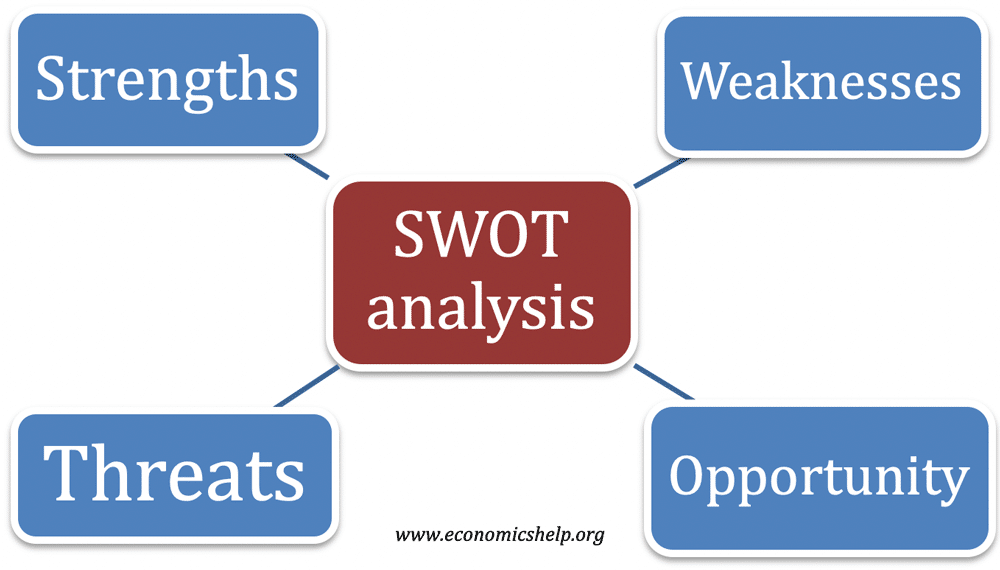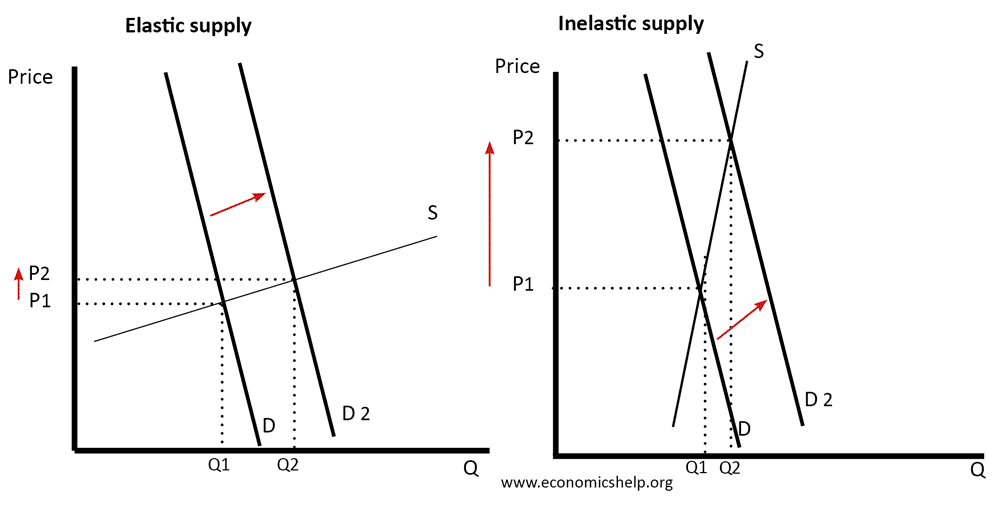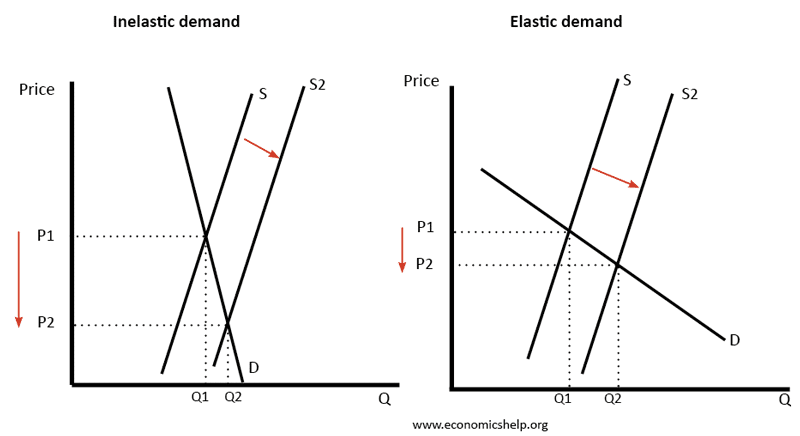Price gouging – definition and examples
Price gouging is a situation where business take advantage of an external crisis to charge excessive prices for basic necessities – selling the goods significantly above their usual price. Many countries have laws against the practise of price gouging – to protect consumers against unfairly high prices during a national emergency. Example of price gouging …





